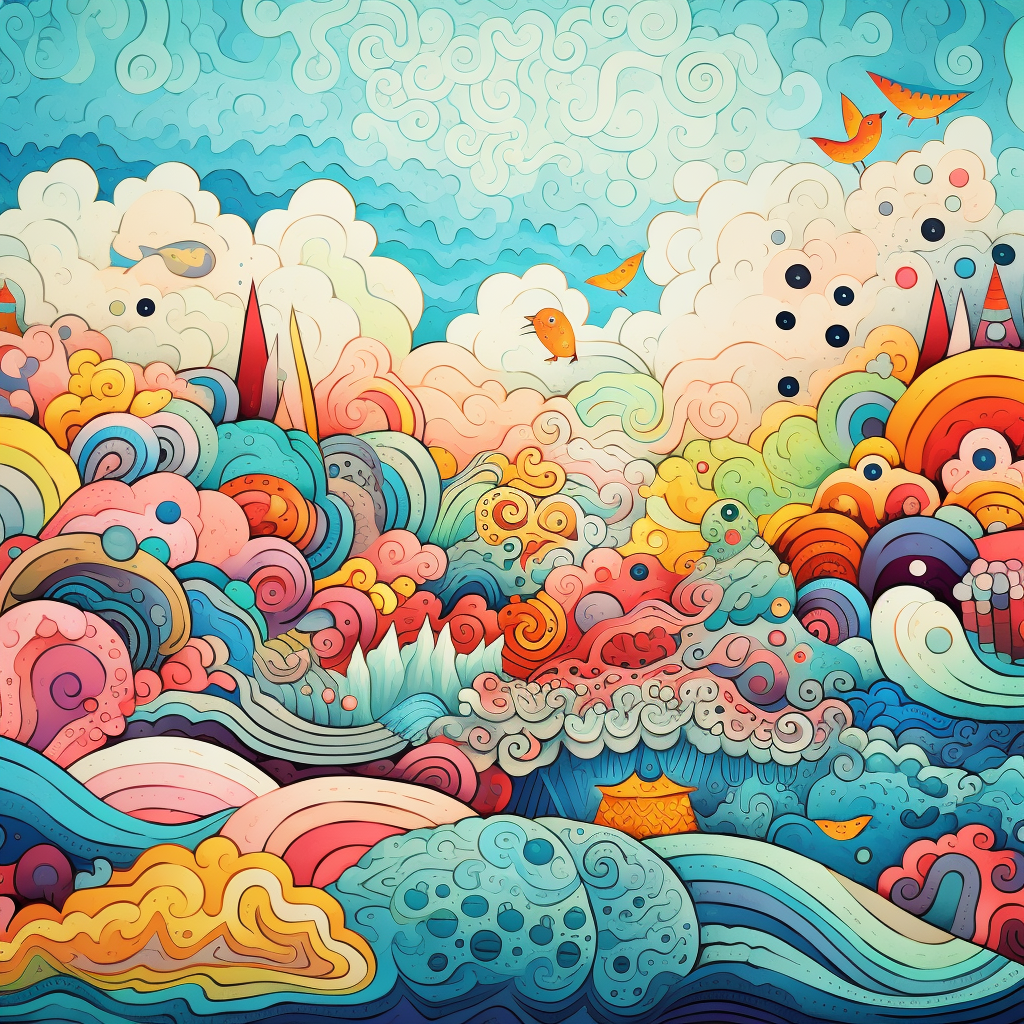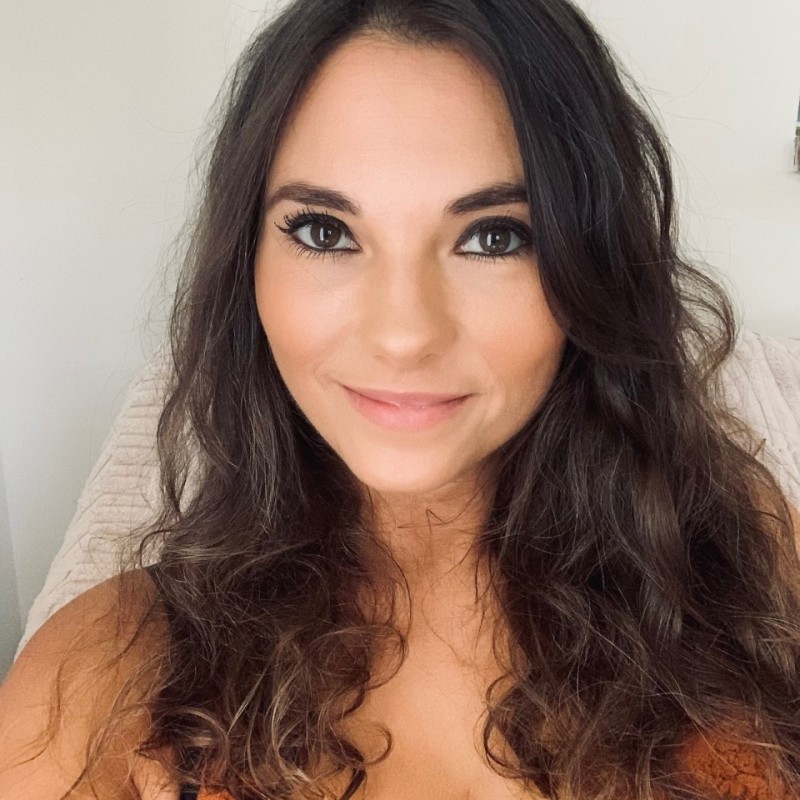In today’s burnout culture, finding moments of peace can feel challenging. If your life is feeling like an endless stream of notifications, deadlines, and a never-ending mountain of laundry, consider this your invitation to stop and take a break.
Welcome to the world of mindfulness – a powerful antidote to the overwhelm. Mindfulness invites us to pause, breathe, and rediscover the art of living in the moment.
If mindfulness is a new concept to you, or you are struggling to maintain a practice of presence, it’s time to try getting creative. Keep reading to discover how to bring the art of mindfulness into your daily routine, and take advantage of our free mindfulness coloring pages!
How Mindfulness Can Soothe a Dysregulated Nervous System
Before we pull out the coloring pencils, let’s explore why mindfulness practices – such as coloring – hold such promise in calming our frazzled nerves.
Mindfulness works its magic on a dysregulated nervous system through several mechanisms:
- Activation of the Relaxation Response: When we engage in mindful activities like coloring, drawing, or tracing, our bodies respond by activating the relaxation response. This counteracts the fight-or-flight response that often dominates our daily lives. The result? A decrease in stress hormones, lowered blood pressure, and less muscle tension, allowing us to feel more at ease.[*]
- Reduced Rumination: Dysregulation often leads to rumination, and vice versa. Mindfulness interrupts this cycle, bringing our attention back to the present moment. As we immerse ourselves in the creative process, the mind’s relentless chatter gradually subsides.
- Enhanced Emotional Regulation: Dysregulation can make our emotions feel overwhelming. Mindfulness, however, helps us observe our emotions without judgment, allowing us to respond with greater clarity and equanimity.[*]
- Improved Attention Control: A dysregulated nervous system can lead to scattered thoughts and difficulty concentrating. Mindfulness practices, including art, sharpen our ability to focus, nurturing the skill of sustained attention.[*]
When we engage in mindfulness practices, our nervous systems begin to recalibrate, and we develop greater resiliency.
What to dive deeper into the mechanics of mindfulness? Check out this post.
Why is Art a Valuable Tool in Practicing Mindfulness?
Art offers a unique gateway to mindfulness because it taps into our creative instincts. Here’s why:
- Sensory Engagement: Mindfulness art activities engage your senses. Whether you’re feeling the paper’s texture or observing the vivid hues of your coloring materials, you’re connected to the present moment through your senses.
- Flow State: Ever heard of the “flow state”? It’s that wonderful feeling when you’re so absorbed in an activity that time seems to vanish. Creating art can help you attain this state, where worries melt away, and you’re entirely in the zone.
- Stress Reduction: Engaging in creative activities has been shown to reduce stress and anxiety. The act of focusing on colors, lines, or shapes can have a calming effect on your mind.[*]
Different Types of Mindfulness Art Practices
Now for the fun part! Creative mindfulness practices take many different forms. The best part is there’s something for everyone; from preschoolers to grandparents, everyone can benefit from mindfulness art. Here are some popular options:
Mindfulness Coloring Pages for Adults
Mindfulness coloring pages for adults have taken the world by storm, offering an escape from the chaos of daily life. The allure lies in the intricate designs found in mindfulness coloring pages designed specifically for grown-ups. These pages are often filled with detailed patterns, mandalas, and enchanting landscapes, providing a canvas for your creativity. As you choose colors and fill in each section, your focus narrows to the task at hand. It’s a bit like meditation with a splash of artistic flair. The beauty of mindfulness coloring pages for adults is that they provide a soothing space for nervous system regulation. Plus, you get a tangible piece of art to proudly display or gift once you’ve finished.
Want to get started on your creative journey? Download our FREE mindfulness coloring pages for adults.

Mindfulness Coloring Pages for Kids
Let’s not forget the little budding artists in our lives. Mindfulness coloring pages for kids are not just a source of entertainment but also a valuable tool for cultivating mindfulness from an early age. These pages often feature age-appropriate designs, from adorable animals to whimsical scenes, making them perfect for young imaginations. As children engage with these coloring pages, they unknowingly practice focusing their attention on the present moment. They choose colors with intent, carefully staying within the lines, and as they do so, their minds become immersed in the creative process. It’s an opportunity for kids to learn the art of patience and concentration, all while having a blast with colors. Plus, it’s an excellent way for parents and children to bond.
Looking to inspire the little artists in your life? Download our FREE mindfulness coloring pages for kids.
Tracing for Mindfulness
This practice involves tracing lines or patterns with your finger or a pen/pencil, focusing your attention on the sensation of movement and touch. It’s a simple yet effective way to calm your mind and ground yourself.
Tracing for mindfulness is an easy, minimal-effort practice. You can either create your own patterns to trace or get started with our FREE printable download.
Mindfulness Drawing
Whether you’re an aspiring Picasso or just a doodler, drawing mindfully can be incredibly therapeutic. Choose a subject or an abstract concept and immerse yourself in the process. Don’t worry about the outcome; the journey is what matters. Try to pay attention to the feel of the art materials and the sensations in your body as you draw. Acknowledge any areas of tension or racing thoughts that arise without judgment.

Mindfulness Art Therapy Activities
Art therapy combines mindfulness with artistic expression under the guidance of a trained therapist. It’s a potent tool for self-exploration and healing. These sessions often use a variety of mindfulness materials and techniques tailored to individual needs.
Other Mindfulness Art Practices
While coloring, tracing, drawing, and art therapy are fantastic avenues for mindfulness, there are other creative practices you can explore:
- Mandala Creation: Designing intricate mandalas can be meditative and therapeutic. The circular patterns symbolize wholeness and unity, guiding you towards inner balance.
- Zentangle Art: Zentangle is a structured form of doodling that encourages focus and relaxation. It’s like doodling with a purpose, creating beautiful, intricate patterns that emerge organically.
- Nature Art: Take a mindful walk in nature and collect materials like leaves, stones, or twigs. Use them to create spontaneous art in the moment, appreciating the beauty of the natural world.
In all these practices, the choice of mindfulness materials is crucial. High-quality paper, coloring pencils, markers, or even digital tools can enhance your experience and help you stay engaged with the present moment.
In a world that often pulls us in a million different directions, mindfulness art is a moment of respite where you can connect with your inner self and let those creative juices flow. Whether it’s through mindfulness coloring pages, drawing, or any other artistic avenue, you’re not just creating art – you’re practicing presence and nervous system regulation. Who knew that finding your zen could be as simple as coloring in?
Take a time out and download our mindfulness coloring pages for adults.


